The solar-powered drones that can stay airborne for a year
New generation of UAVs could be used for surveillance and communications
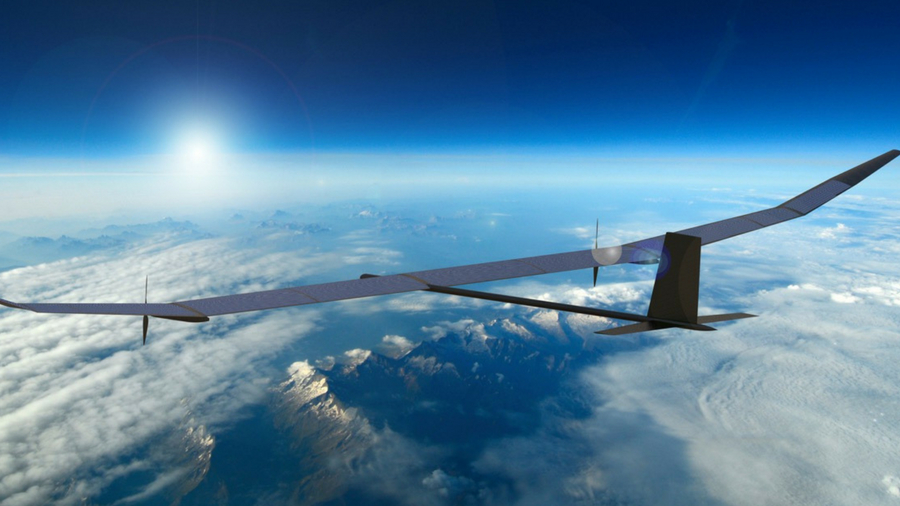
Main image: PHASA-35 will fly itself for months at a time. Credit: Prismatic/BAE Systems
The longest passenger flight is a whopping 19-hour service on Singapore Airlines between Singapore and Newark, but how about a non-stop flight lasting and entire year? British aerospace company Prismatic is now working on a solar-powered drone that can stay airborne for an entire year without any need for maintenance.
However, the Persistent High Altitude Solar Aircraft – or PHASA-35 for short – is not for passengers. In fact, it can only carry a payload of 15kg, but it has the potential to replace satellites for communications in off-grid areas, for remote sensing, Earth observations, and surveillance of all kinds, including military.
It’s the most advanced of a new class of autonomous unmanned aerial vehicles (UAVs) – better known as drones – and it should be ready for tests in 2019.
- Do you have a brilliant idea for the next great tech innovation? Enter our Tech Innovation for the Future competition and you could win up to £10,000!
What is the PHASA-35?
An ultra-lightweight carbon fibre drone weighing just 150kg, PHASA-35 will – the clue is in the name – have a huge 35 meter wingspan. It will have solar panels that replenish a rechargeable battery during sunlight hours, with new battery technology able to sustain PHASA-35’s flight path through the night, and for months on end – and possibly for a year. It’s designed to fly at between 50 and 78 knots at an altitude of 55-70,000ft, maintain the same position in all seasons, and cope with all kinds of wind issues.
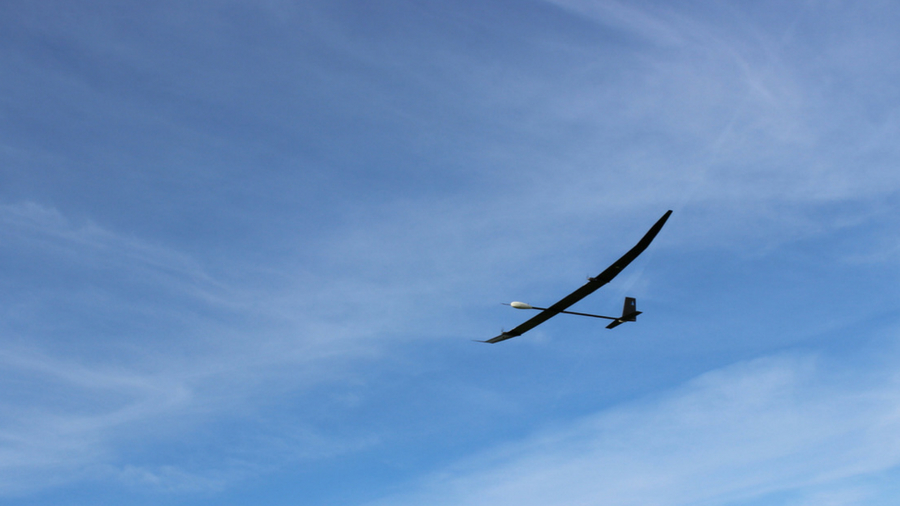
Who is making the PHASA-35?
Working on the PHASA-35 with Hampshire-based Prismatic is leading UK aerospace and defense manufacturer BAE Systems, which will invest in the development and flight testing of drone, and help with the construction of two of the craft.
PHASE-8 is smaller test version of the PHASA-35 concept that’s already been successfully flown. This 12kg drone flew for 75 minutes in December 2017, and then for two hours in January of this year.
Get daily insight, inspiration and deals in your inbox
Sign up for breaking news, reviews, opinion, top tech deals, and more.
What is a Solar HALE UAV?
Solar High Altitude Long Endurance (HALE) UAVs have come as a result of efforts to develop a cheaper alternative to communication satellites, which cost many millions to both construct, and then to launch into orbit on top of a rocket. “PHASA-35 has the ability to revolutionize how we think about beyond line of site communications,” says Paul Brooks, founder and managing director of Prismatic.
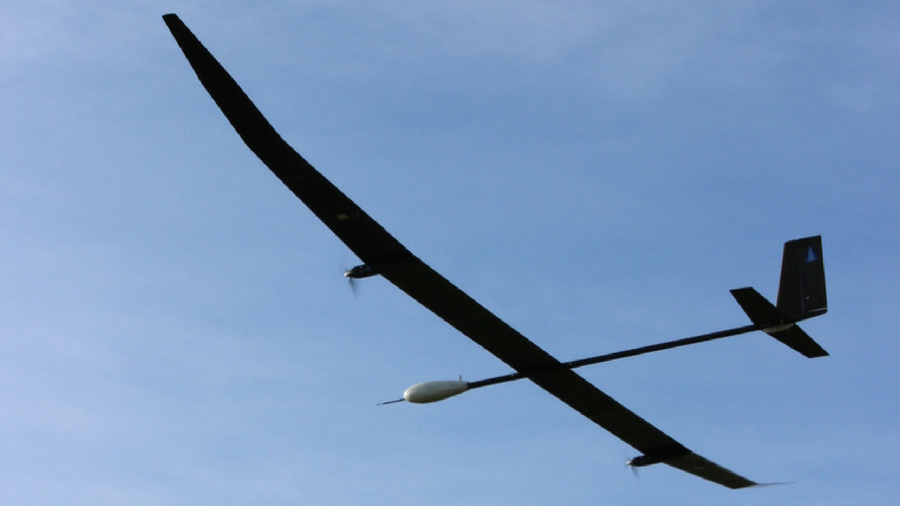
It's also about replacing the need by the oil and gas sector for regular and expensive helicopter flights, which are used to monitor critical infrastructure. In that capacity HALE drones can be used for video, optical photography, thermal photography, and LIDAR. PHASA-35 will be able to carry about 15kg of communications or photographic gear and equipment.
What are UAVs for?
Self-piloted and completely autonomous, UAVs have two obvious uses. ‘Persistent surveillance’ might sound rather alarming, but it’s as much about tracking the movements of ships, inspecting traffic congestion, checking up on a pipeline or monitoring forest fires, soil erosion and deforestation as it is about tracking troop movements or photographing military targets. That said, they certainly have defense applications as well, hence the involvement of BAE Systems in the PHASA-35 project.
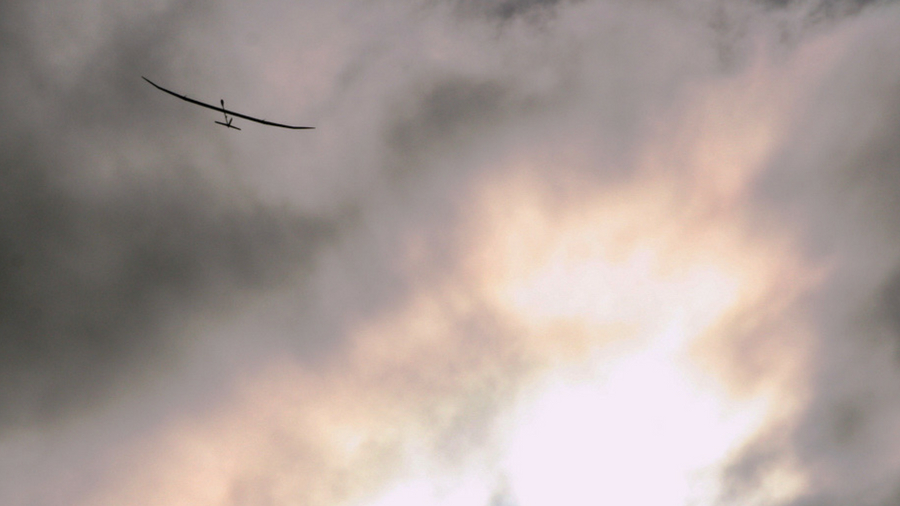
UAVs can also be used for communications, swiftly delivering occasional or semi-permanent broadband access to remote areas not currently covered by satellites. For example, they could be used to bring communications to areas devastated by an earthquake, cyclone or tsunami, helping stricken populaces while also helping the emergency services to coordinate rescue and reconstruction efforts.
Does PHASA-35 have competitors?
There are plenty, although the most famous – the Airbus-owned QinetiQ Zephyr-S – is designed to be the ‘missing link’ between drones and satellites: a High Altitude Pseudo-Satellite (HAPS). A HAPS is a platform that floats or flies at high altitude like an airplane, about 12 miles up, but which operates more like a satellite.
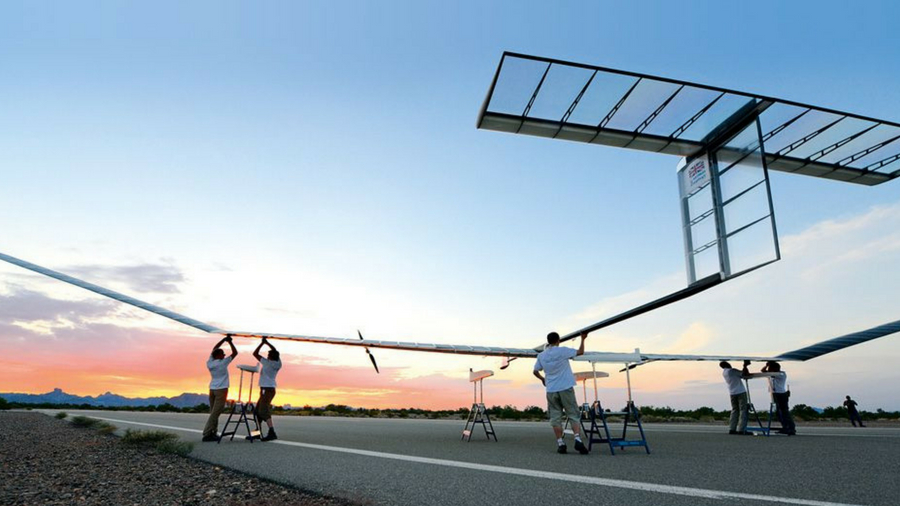
They can be used for monitoring and surveillance, communicating with both satellites in space and much smaller drones below. The UK military owns three QinetiQ Zephyr drones, which are being used for persistent surveillance trials.
The QinetiQ Zephyr-S is a solar-electric HAPS that's designed to eventually fly for months at a time – the 14 days it flew for in July of this year is a new world flight endurance record for an aircraft without refueling. Many of the management team at Prismatic – makers of the PHASA-35 – previously worked on the QinetiQ Zephyr.
Stratobus
Another contender is Thales Alenia Space, which is preparing the lighter-than-air solar-powered Stratobus, with its first flight expected in 2021. A HAPS autonomous ‘stratospheric airship’, the Stratobus is designed to float 12 miles above the ocean and warn ships below about pirates, shipwrecks and other hazards in congested shipping lanes.
“The Stratobus is the perfect complement to satellites,” says Jean-Philippe Chessel, Stratobus Product Line manager, Thales Alenia Space. “You can add on sensors, captors, and other technologies, making it a kind of ‘Swiss army knife’ of innovation in the sky.” The Stratobus is due to begin test flights in 2022.
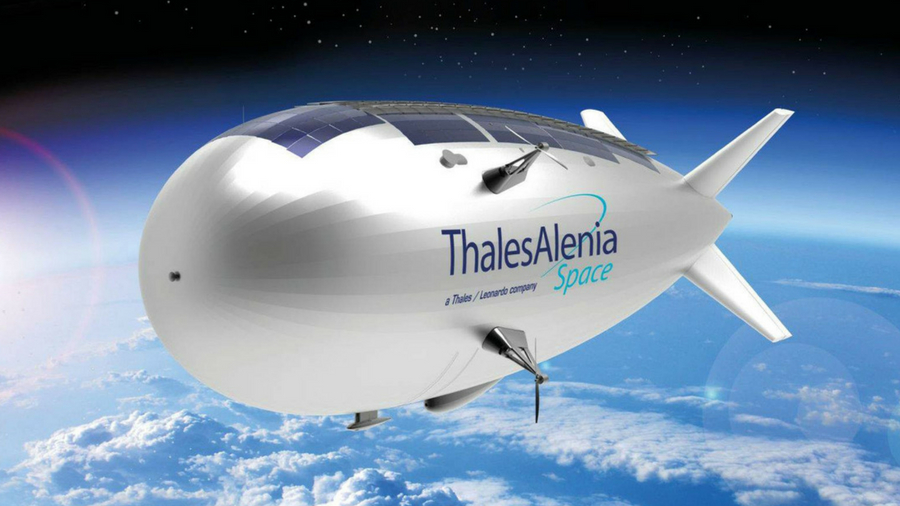
XSun SolarXOne and HAPSMobile
The brainchild of French start-up XSun, the double-wing SolarXOne is a much smaller UAV than the PHASA-35, but it’s also aiming for long endurance flights. With a wingspan of 4.5 meters, SolarXOne is also energy-independent, getting its power exclusively from the Sun.
However, bigger news is that SoftBank and AeroVironment have just begun a big solar HALE UAV project called HAPSMobile, which is expected to focus on taking internet connectivity to remote areas. AeroVironment worked with NASA on such projects in the 1990s before they were cancelled in 2003.
It’s early days, but these unmanned high-altitude vehicles look set to take their place in the skies, traversing the airspace between that occupied by satellites and short-range drones, silently going about their business for months, and perhaps years, on end.
TechRadar's Next Up series is brought to you in association with Honor

Jamie is a freelance tech, travel and space journalist based in the UK. He’s been writing regularly for Techradar since it was launched in 2008 and also writes regularly for Forbes, The Telegraph, the South China Morning Post, Sky & Telescope and the Sky At Night magazine as well as other Future titles T3, Digital Camera World, All About Space and Space.com. He also edits two of his own websites, TravGear.com and WhenIsTheNextEclipse.com that reflect his obsession with travel gear and solar eclipse travel. He is the author of A Stargazing Program For Beginners (Springer, 2015),
